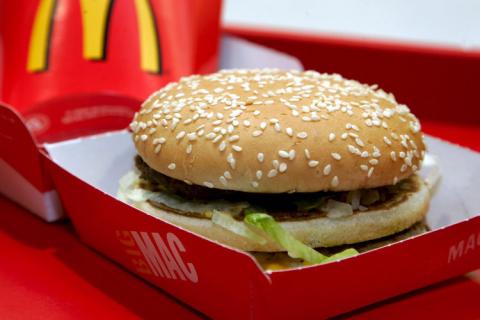
McDonald’s: “We do not condone the feeding of poultry litter to cattle.”
(NaturalNews) There are 14 billion hamburgers consumed each year in the United States alone. The people who eat those burgers, though, have little knowledge of what’s actually in them. Current USDA regulations, for example, openly allow beef contaminated with E. coli to be repackaged, cooked and sold as ready-to-eat hamburgers.
This simple fact would shock most consumers if they knew about it. People assume that beef found to be contaminated with E. coli must be thrown out or destroyed (or even recalled), but in reality, it’s often just pressed into hamburger patties, cooked, and sold to consumers. This practice is openly endorsed by the USDA.
But E. coli may not be the worst thing in your burger: USDA regulations also allow chicken feces to be used as feed for cows, meaning your hamburger beef may be made of second-hand chicken poop, recycled through the stomachs of cows.
Chicken poop in your burgers?
I remember writing about this two years ago. People sent accusatory hate mails to NaturalNews, saying things like, “Stop making things up and scaring people!” Few people believed that chicken feces was being widely used as cattle feed.
According to the FDA, farmers feed their cattle anywhere from 1 million to 2 million tons of chicken feces each year. This cross-species crap-as-food practice worries critics who are concerned it may lead to increased risk of mad cow disease contaminating beef products. So they want to ban the practice and disallow the feeding of chicken litter to cows.
Believe it or not, McDonald’s has joined the fight seeking to ban the practice, saying “We do not condone the feeding of poultry litter to cattle.” Apparently, even they don’t want their customers looking at a Big Mac and thinking, “Wow, this is made out of second-hand chicken crap.”
Read moreWhat’s really in your burger? E.coli and chicken feces both allowed by USDA